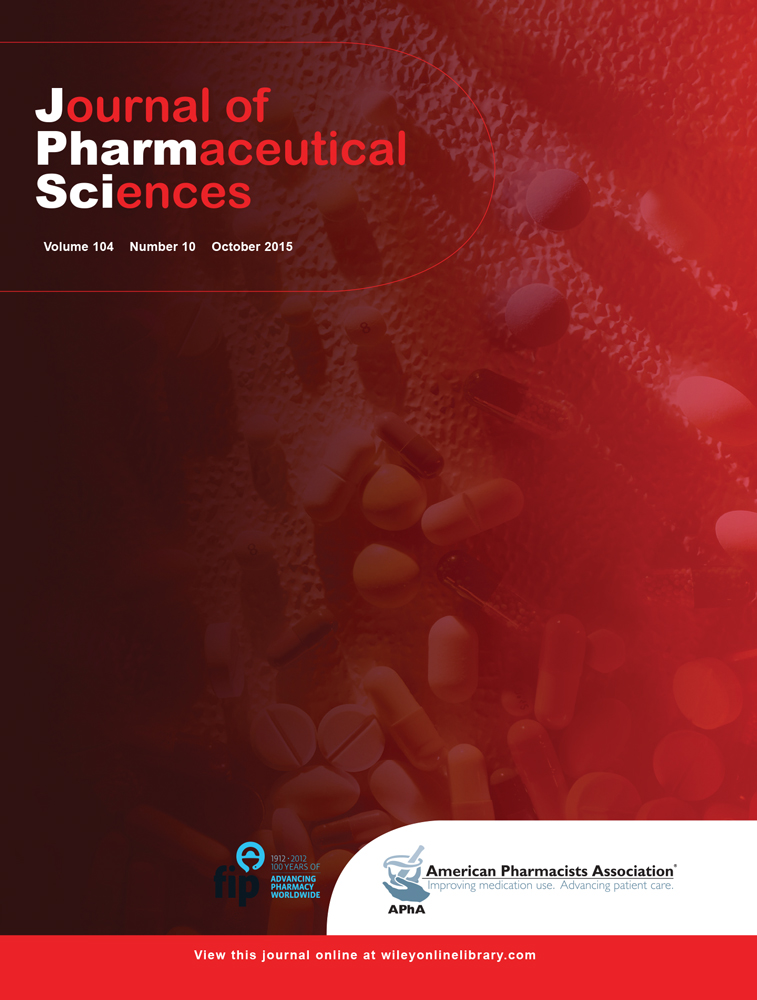Investigation of pH Influence on Skin Permeation Behavior of Weak Acids Using Nonsteroidal Anti-Inflammatory Drugs
Abstract
As a continuing effort to understand the skin permeation behavior of weak acids and bases, the objectives of the present study were to evaluate skin permeation of nonsteroidal anti-inflammatory drugs (NSAIDs) under the influence of pH, investigate the mechanism of pH effect, and examine a previous hypothesis that the effective skin pH for drug permeation is different from donor solution pH. In vitro permeability experiments were performed in side-by-side diffusion cells with diclofenac, ibuprofen, flurbiprofen, ketoprofen, and naproxen and human skin. The donor solution pH significantly affected skin permeation of NSAIDs, whereas no effect of the receiver pH was observed. Similar to previous observations, the apparent permeability coefficient versus donor solution pH relationships deviated from the predictions (fractions of unionized NSAIDs) according to the acid/base theory. The influences of the viable epidermis barrier, polar pathway transport, ion permeation across skin, and effective skin pH were investigated. The effective pH values for skin permeation determined using the NSAIDs (weak acids) in this study were different from those obtained previously with a weak base at the same donor solution pH conditions, suggesting that the observed permeability–pH relationships could not be explained solely by possible pH differences between skin and donor solution. © 2015 Wiley Periodicals, Inc. and the American Pharmacists Association J Pharm Sci 104:3459–3470, 2015




